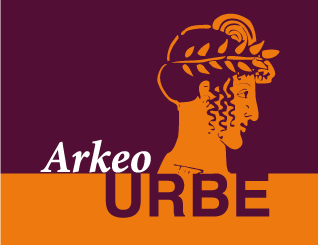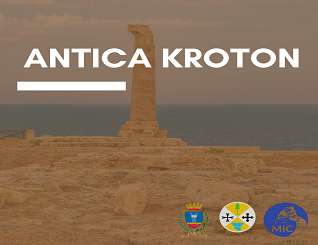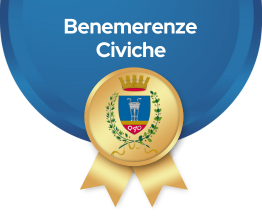Typical Products

- Traditional products crotonese
Between art, culture and traditions Crotone is to be discovered even in its flavors: from first courses to second courses, to side dishes, from wines to desserts, from salty to spicy, the city has a dress panorama of gastronomic taste, combined with a range of unique products and not to be missed.
- CAVATELLI
Dumplings fresh pasta, prepared with whole wheat flour, water and salt. They are eaten as a main dish served with ragout.
- SARDELLA
Sauce, usually spicy, which is eaten spread on bread, as an appetizer. It is prepared with chopped sardines, red pepper and wildfennel.
- THE BREAD OF CUTRO
Prepared with wheat flour, a high percentage, wheat flour, yeast, water and salt. It is characterized by shape, elongated or rounded and thick crust and crispy and can be kept several days without losing its freshness. It is recognized among the best breads in Italy and is also exported to many regions of the northern.
- PECORINO
Typical cheese derived from ewe's milk, produced locally.
- SALSICCIA
Sausage prepared with meat, finely cut, the pork leg andworked with salt and red pepper. Finally, the natural casings are filled with the mixture.
Among the sweets, are remembered especially those made during the Easter period, the"cuzzupe" and "Pitte", and Christmas sweets such as "crustuli" and "tardiddri" The cuzzupe are cakes made with whole wheat flour, yeast, water and eggs; normally you give them the form ofletters of the alphabet, especially the initials of the names of children, birds or other animals, in case someone in the family there is an engaged couple, usually the mother-in-law makes, for the future in-law, a great cuzzupa heart-shaped, in which embeds some eggs. Once the baking tray is ready, it isput in the oven at 180 degrees for 20 - 25 minutes at the end of cooking some peoples prinkle the cuzzupa with "annaspero", a creamy sauce made with white sugar, egg white and lemon juice which is shaken continuously to keep it from solidifying, the operation shouldbe carried out immediately after cooking, otherwise the annaspero does not mix to cuzzupa. On the surface someone adds, as if that were not enough, the grains of colored chocolate.
The pitte, are essentially Easter cakes, even if someone makes them even at Christmas. The pitta name derives from the Arabic word "pita", which means crushed, in fact, the pitta is made of sheets of pasta of durum wheat, which is crushed with a rolling pin and lying in a metal pan and circular. The first sheet is large so as to cover the entire bottom of the pan, then starting from the center, it is filled with layers of circular inside them with raisinsand almonds, from the outside it looks like a rose. Once every space of the panis filled with these swivels, is baked at 180 degrees for about an hour and aquarter. Once baked, some bathe it with Vermouth, others add a little oil, and some honey. Some use for baking ovens at home, but other typical practice is towalk in bakeries of the place, in the week before the holidays. To avoid mixing, since many times the trays are similar, each puts a sign of evidence,and this can be represented by a bonbon, from an olive branch, by a tooth pick,etc...

- Vineyards Cirotano
The "crustuli", are fried pastries made with wheatflour with a dough very liquid. Once the fire was lit in the pot containing the oil, women, take a punch in the dough, make circles over the hot oil and dip the dough. This immediately takes shape andbegins to swell, joining vaguely circular shape. With a metal spoon, to cookit, is turned to cook it on the other side. When cooked over, that lasts less than a minute, usually "crustuli" are eaten hot before passing them in a dish containing sugar and then in another containing mulled wine. The "tardiddri"are fried pastries made with whole wheat flour andcovered with honey. Usually put in a plate one above the other, if consumed after a few days, they are difficult todetach the solidification of the honey.
As regards the wine production, the area is rich in fine vineyards in the lands north of Croton. Typical wines of the area are: the famous wine Cirò Melissa D.O.C. is produced, which is the primary source of economy of Cirò, and Val di Neto, typical taste respecting the traditions and history that have strongly influenced this stretch of the Calabrian coast since the Magna Graecia time.





















